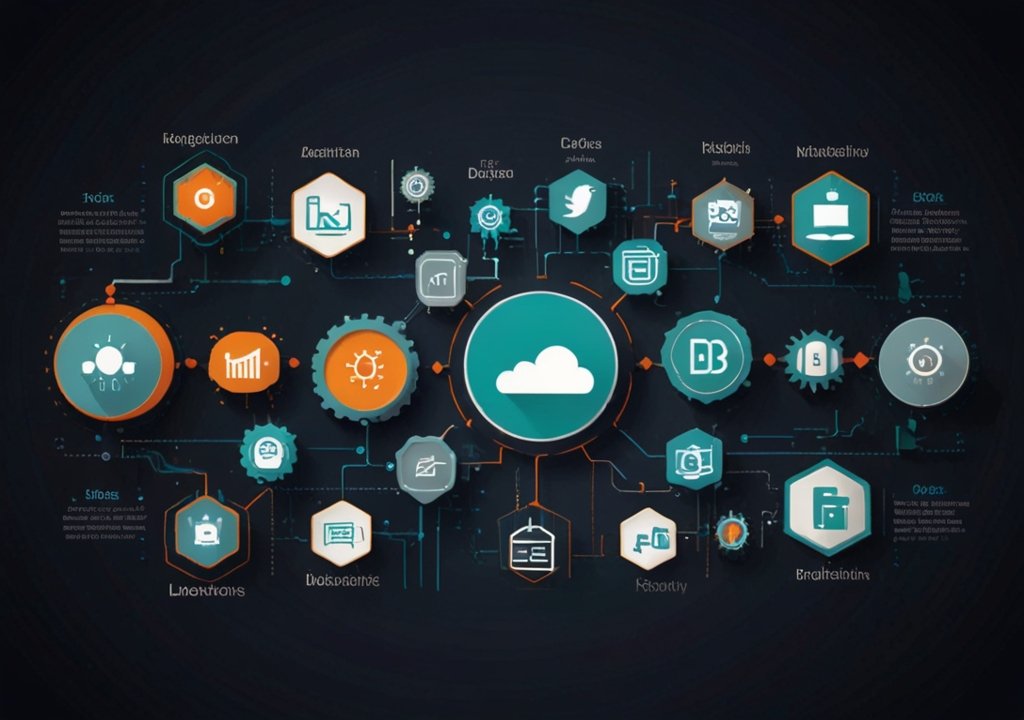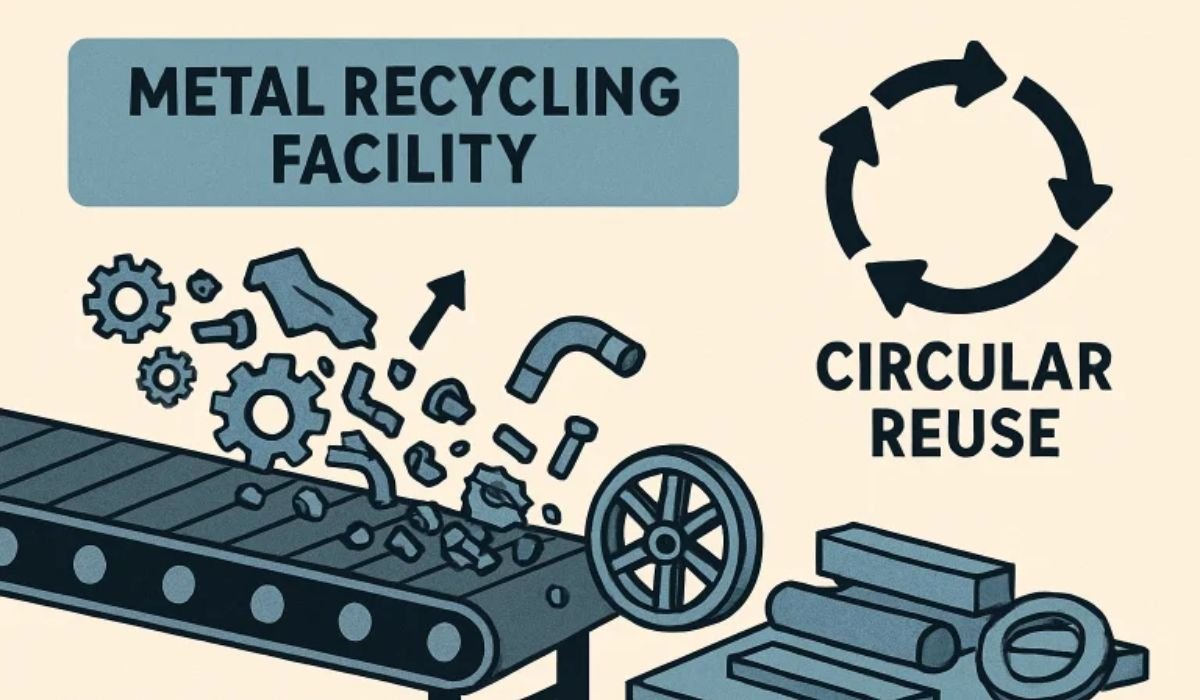Financial scams are everywhere these days, and no one is safe.
Fraudsters and con artists tend to target seniors as they believe this population has plenty of money in bank accounts and could be easy targets.
From fake medicare representative phone calls that sound convincing emails that look like they’re from real banks, these scams can be hard to spot—even for those who are usually cautious.
And with many seniors now using online banking, the tricks are getting more advanced.
But the good news is with a few simple steps, you can protect seniors from bank fraud and help them feel more confident when handling their finances.
Here’s what to watch out for and how to stay safe.
Common Banking Scams Targeting Seniors
Scammers often prey on trust and lack of technical experience. Some of the most common banking scams targeting seniors include:
- Fake Bank Calls: Someone pretending to be from a bank asks to “verify” account information or says there’s an urgent problem with their account that needs to be fixed.
- Email or Text Phishing: Messages seem to come from legitimate sources (e.g., government agencies or well-known companies), often creating a sense of urgency and urging recipients to act quickly, like verifying account details, resetting passwords, or claiming a prize.
- Tech Support Scams: A pop-up or caller claims the computer has a virus and requests access to fix it—often installing programs that steal information.
- Grandparent Scams: A scammer pretends to be a grandchild in trouble and needs money wired immediately.
- Check Fraud: This includes fake prize checks, overpayment scams, or requests to deposit a check and send some money back.
These scams can feel real during the moment, and scammers use urgency, fear, or even emotional manipulation to lower your guard.
Tips to Protect Seniors from Bank Fraud
Here are practical ways to reduce the risk of falling victim to banking fraud:
1. Don’t Share Sensitive Information Over the Phone or Email
No legitimate bank will ask for account numbers, passwords, or Social Security numbers via phone or email. Remind seniors to hang up or delete the message if asked.
2. Use Secure Banking Options
Make sure your loved one uses a secure, reputable bank. Help them learn how to spot secure website links (look for “https” and a padlock symbol).
3. Enable Two-Step Verification
Many banks offer two-factor authentication, which adds a layer of security to online banking. This is especially helpful when logging in from new devices.
4. Review Bank Statements Regularly
Go over monthly bank statements or set up alerts for large withdrawals. This helps catch suspicious activity early.
5. Report Any Suspicious Contact Immediately
Encourage seniors to talk to someone they trust before responding to unexpected bank requests. If in doubt, they can call their bank’s official number directly.
Use Senior-Friendly Banking Services
Some banks offer accounts specifically built with senior needs in mind, including lower fees, fraud alerts, and easy-to-use features. If you’re helping a parent or grandparent manage their money, consider recommending checking accounts for seniors.
These accounts often include extra protections and simplified tools for everyday use.
If you want to open a senior checking account with a trusted banking institution, SBI California allows you to open a new easy bank account online securely without the hassle of going to a branch.
That way, you can help your loved ones manage their finances from home while staying protected.
Wrapping Up
Online banking scams for seniors are becoming more common, but they can be stopped.
A little awareness goes a long way. Helping seniors recognize red flags, set up safe banking tools, and talk openly about suspicious activity can prevent a lot of harm.
Staying safe doesn’t mean avoiding online banking altogether—it just means using smart habits and trusted services.
With the right support, seniors can manage their money safely and confidently.











